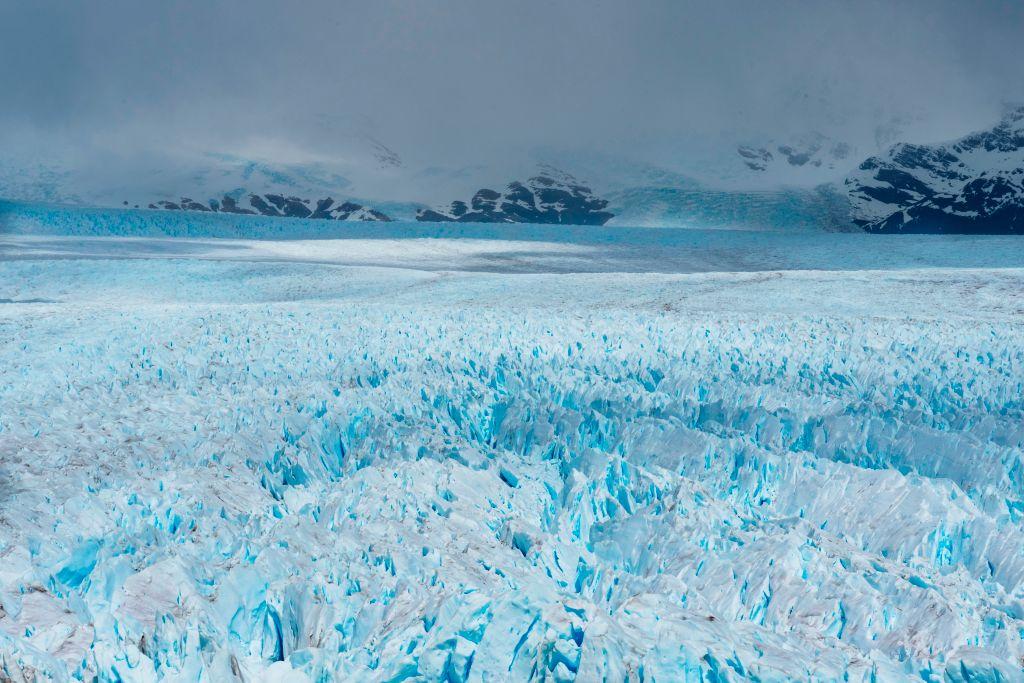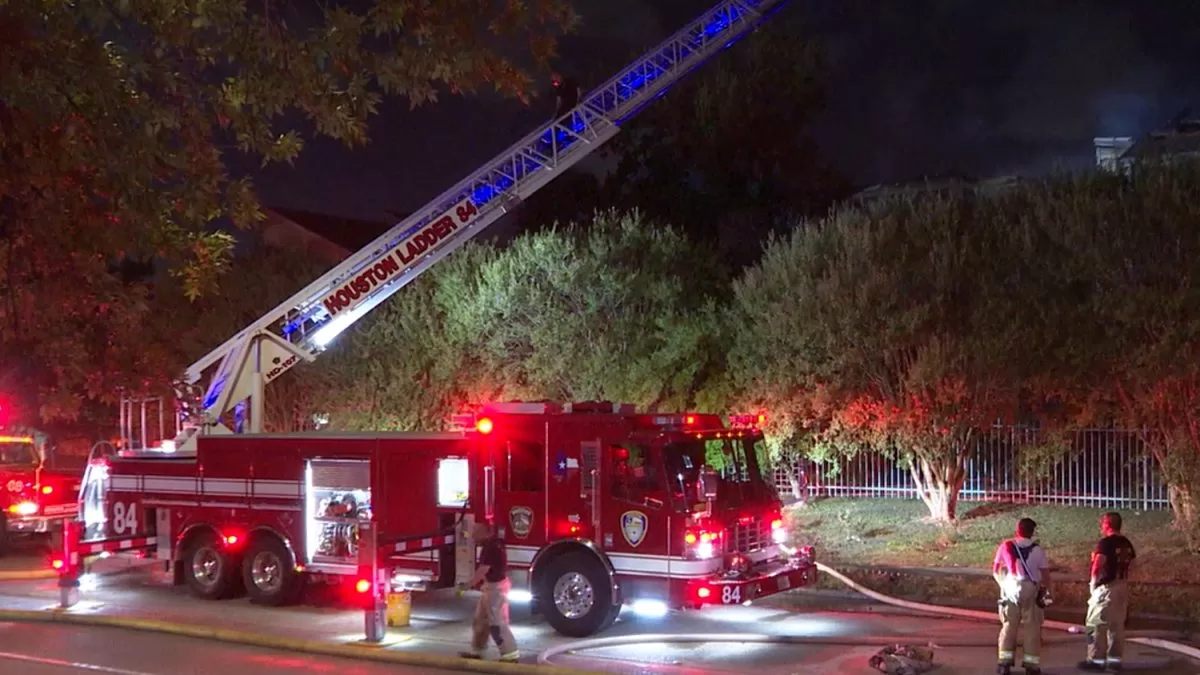As blistering heat grips large swaths of the Earth, many are trying to put temperature extremes in context, asking: has it ever been this hot in the past?
Globally, 2023 will have recorded some of the hottest days within modern measurements. And various media outlets have reported that daily temperatures reached their highest level in the last 100,000 years.
But can we really know what happened in the past, before there were weather stations and satellites?
As a paleoclimatologist who studies past temperatures, I cringe at the inaccuracy of the headlines.
Though they might be right there are no detailed temperature records going back 100,000 yearsso we don’t know for sure if we’re breaking a record.
What we can say for sure about when the Earth was last this hot is the following.
This is a new climate state
A few years ago, scientists came to the conclusion that the Earth had entered a new climatic state never seen in the last 100,000 years.
As my colleague Nick McKay and I recently discussed in a scientific journal, that conclusion was part of a climate assessment report published by the Intergovernmental Panel on Climate Change (IPCC) in 2021.
Measurements indicated that the Earth was already more than 1℃ warmer than in pre-industrial times.
To which is added that the levels of greenhouse gases in the atmosphere were high enough to ensure that temperatures would remain high for a long time.
Even in the most optimistic future scenarios – in which humans stop burning fossil fuels and reduce other greenhouse gas emissions –, global average temperature is very likely to remain at least 1℃ above pre-industrial temperatures –and possibly much longer– for several centuries.
This new climatic state, characterized by a level of global warming over several centuries of 1℃ or more, can be reliably compared with temperature reconstructions from the very distant past.
How we estimated the temperature in the past
To reconstruct temperatures from times before thermometers, paleoclimatologists draw on information stored in a variety of natural records.
The most extensive record, going back many thousands of years, is found in the sediments at the bottom of lakes and oceans, where biological, chemical, and physical evidence accumulates, offering clues to the past.

These sediment-based records are rich sources of information that have enabled paleoclimatologists to reconstruct past global temperatures, but they have significant limitations.
For one thing, bottom currents and burrowing organisms can mix up the sediment, blurring any short-term temperature spikes.
On the other hand, the chronology of each record is not precisely knownso when several records are averaged to estimate global temperature in the past, small-scale fluctuations may be canceled out.
Because of this, paleoclimatologists are reluctant to compare the long-term record of past temperature with short-term extremes.
A look back over tens of thousands of years
Earth’s global average temperature has fluctuated between glacial and interglacial conditions in cycles that last about 100,000 years.
These cycles are, to a large extent, driven by slow and predictable changes in the Earth’s orbit with consequent changes in greenhouse gas concentrations in the atmosphere.
We are currently in an interglacial period that began about 12,000 years ago, when ice sheets retreated and greenhouse gases increased.

If we look at that 12,000-year interglacial period, the global temperature averaged over several centuries might have peaked around 6,000 years ago, but probably did not exceed the 1℃ global warming level, according to the IPCC report.
According to another recent study, Global mean temperatures have continued to rise during the interglacial period. And that implies that we would have to look further back to find a time that could have been as warm as today. This is an active area of research.
The last glacial episode lasted almost 100,000 years. There is no evidence that long-term global temperatures reached the pre-industrial baseline at any point in that period.
If we go back even further, to the previous interglacial period, which reached its peak about 125,000 years ago, we did find hints of warmer temperatures.
Evidence suggests that the long-term average temperature probably did not exceed 1.5℃ above pre-industrial levels. Not much more than the current level of global warming.
And now that?
Without a rapid and sustained reduction in greenhouse gas emissions, the Earth could reach temperatures of about 3℃ above pre-industrial levels by the end of the century, and possibly considerably more.
At that time, we would have to go back millions of years to find a climate state with temperatures this warm. That would take us back to the earlier geological epoch, the Pliocene, when Earth’s climate was a distant relative of the one that underpinned the rise of agriculture and civilization.
* Darrell Kaufman is Professor of Earth and Environmental Sciences at Northern Arizona University.
This note originally appeared on The Conversation and is published here under a Creative Commons license. Read the original article at English here.
Keep reading:
* Snowball Earth: They reveal the cause of a climate catastrophe that engulfed the planet in glaciers 717 million years ago
* The UN warns that the planet is in a “state of boiling”
* Heat wave under the sea worries scientists

Remember that you can receive notifications from BBC Mundo. Download the new version of our app and activate them so you don’t miss out on our best content.






